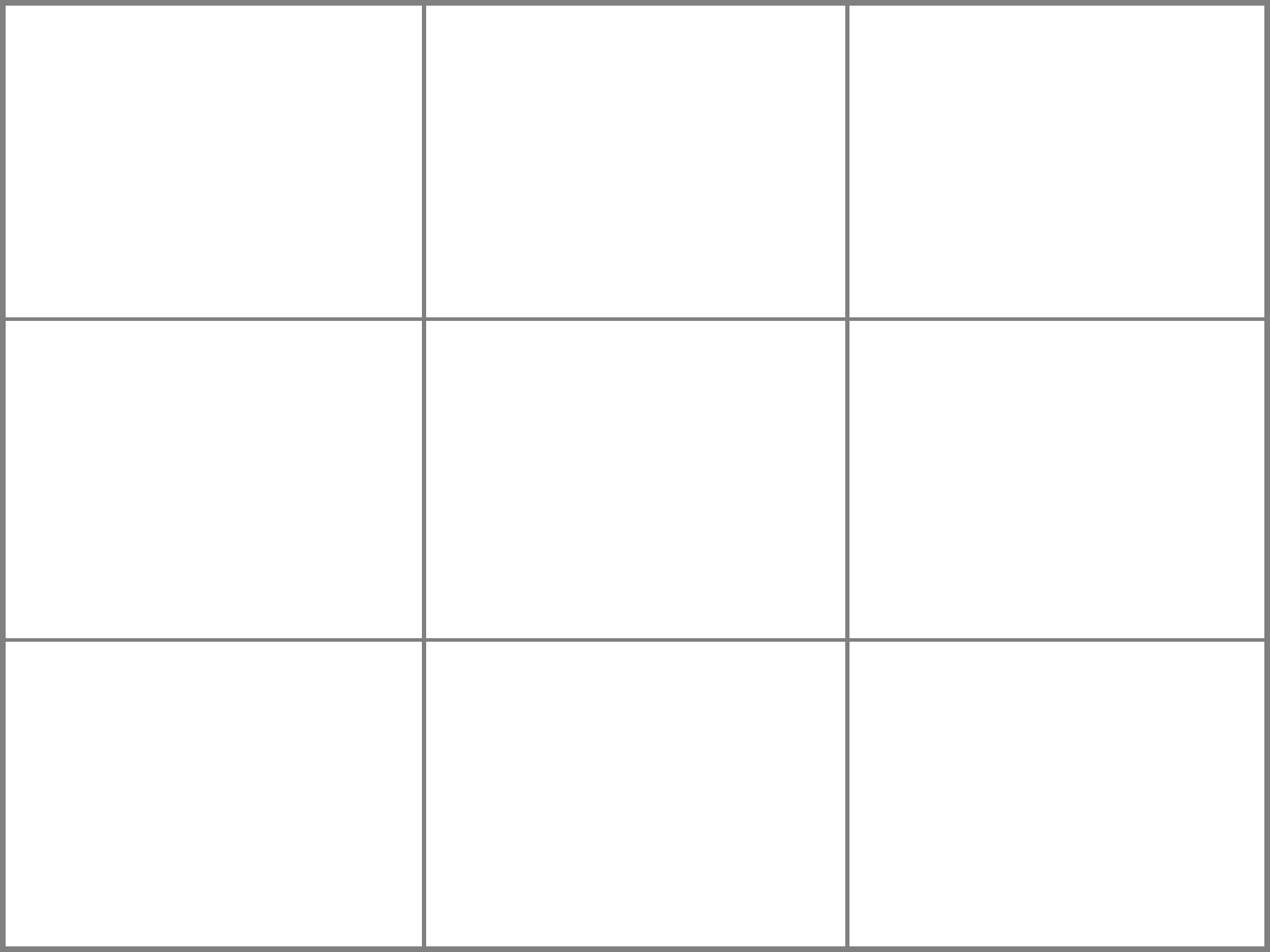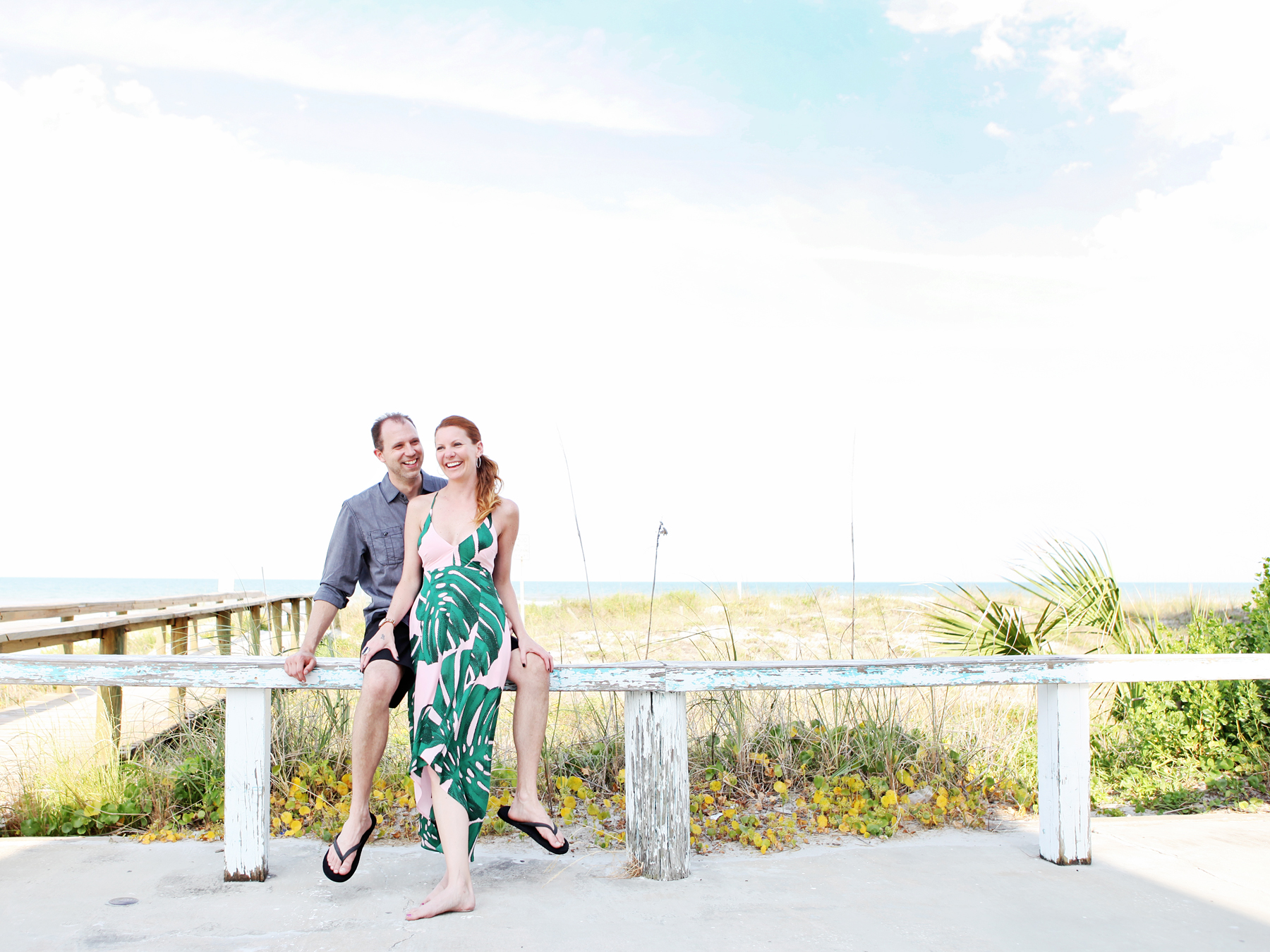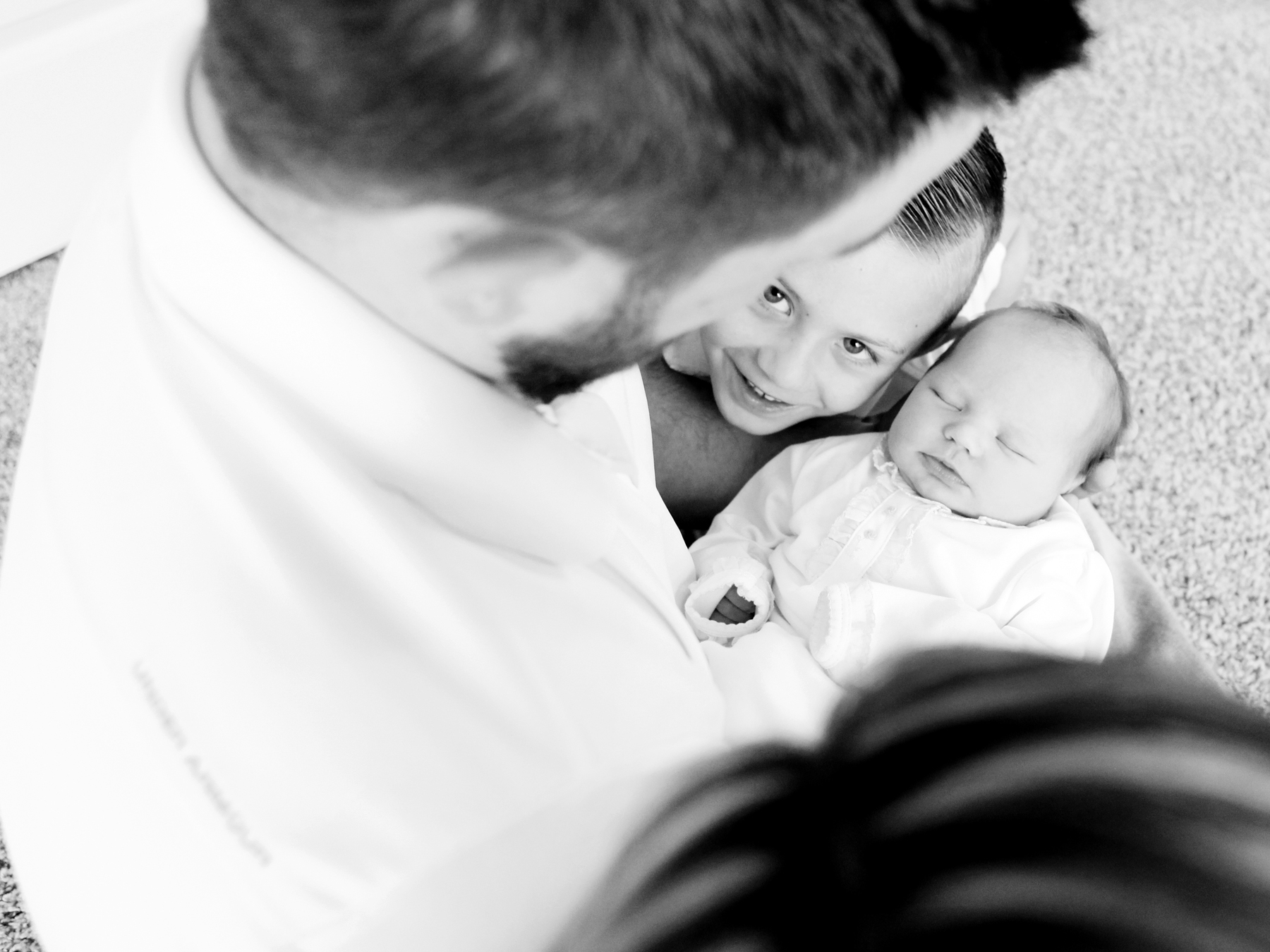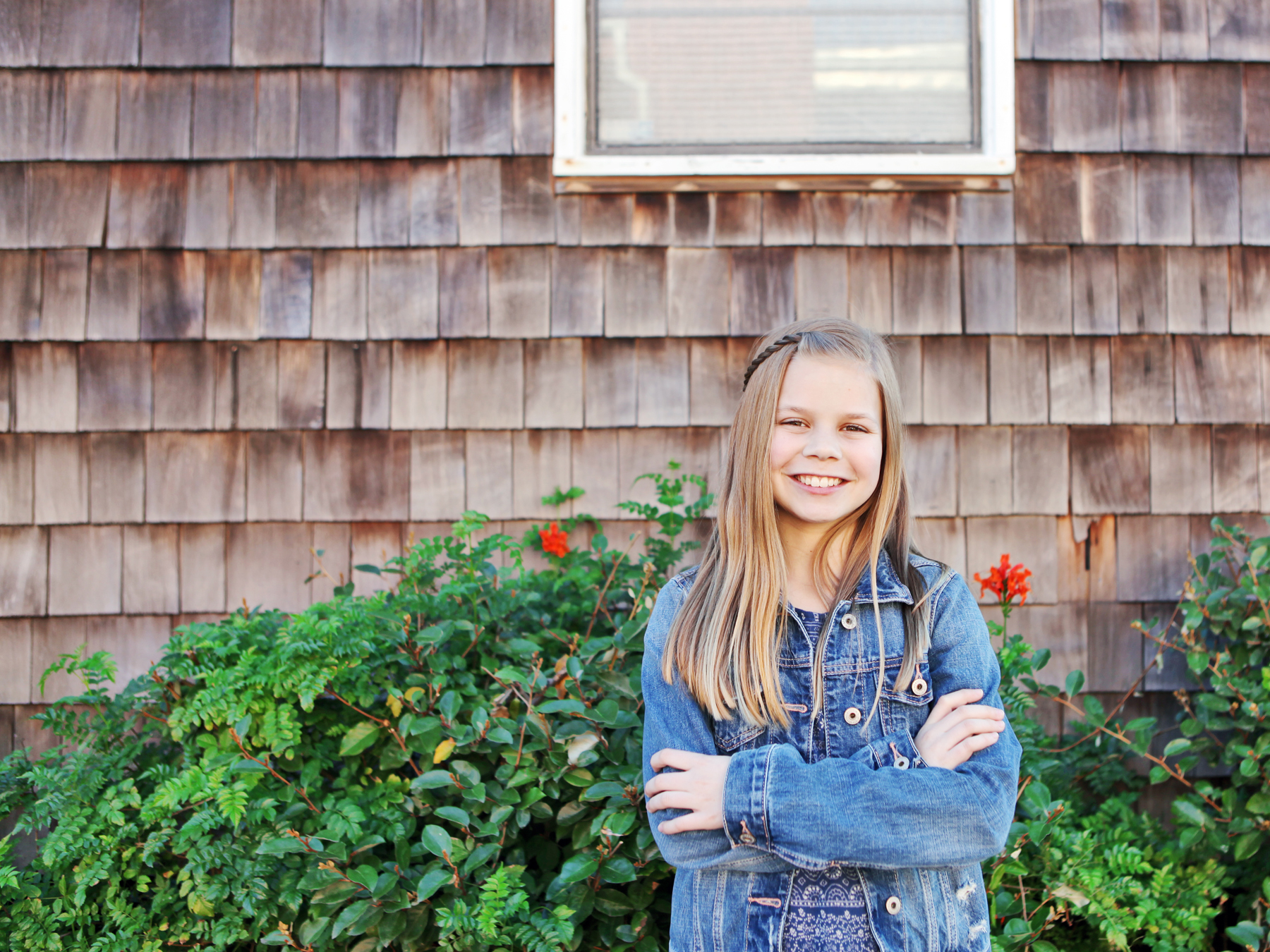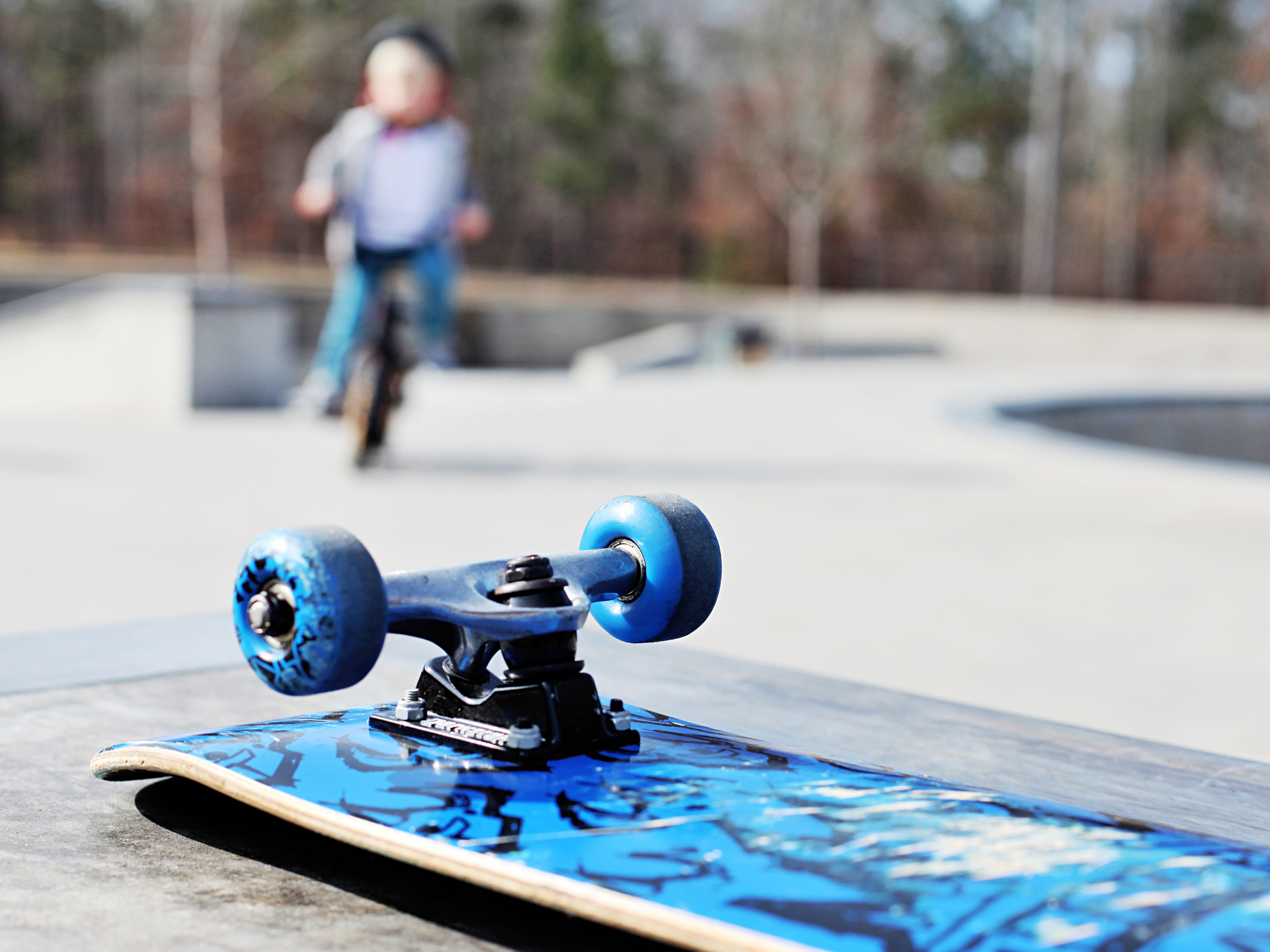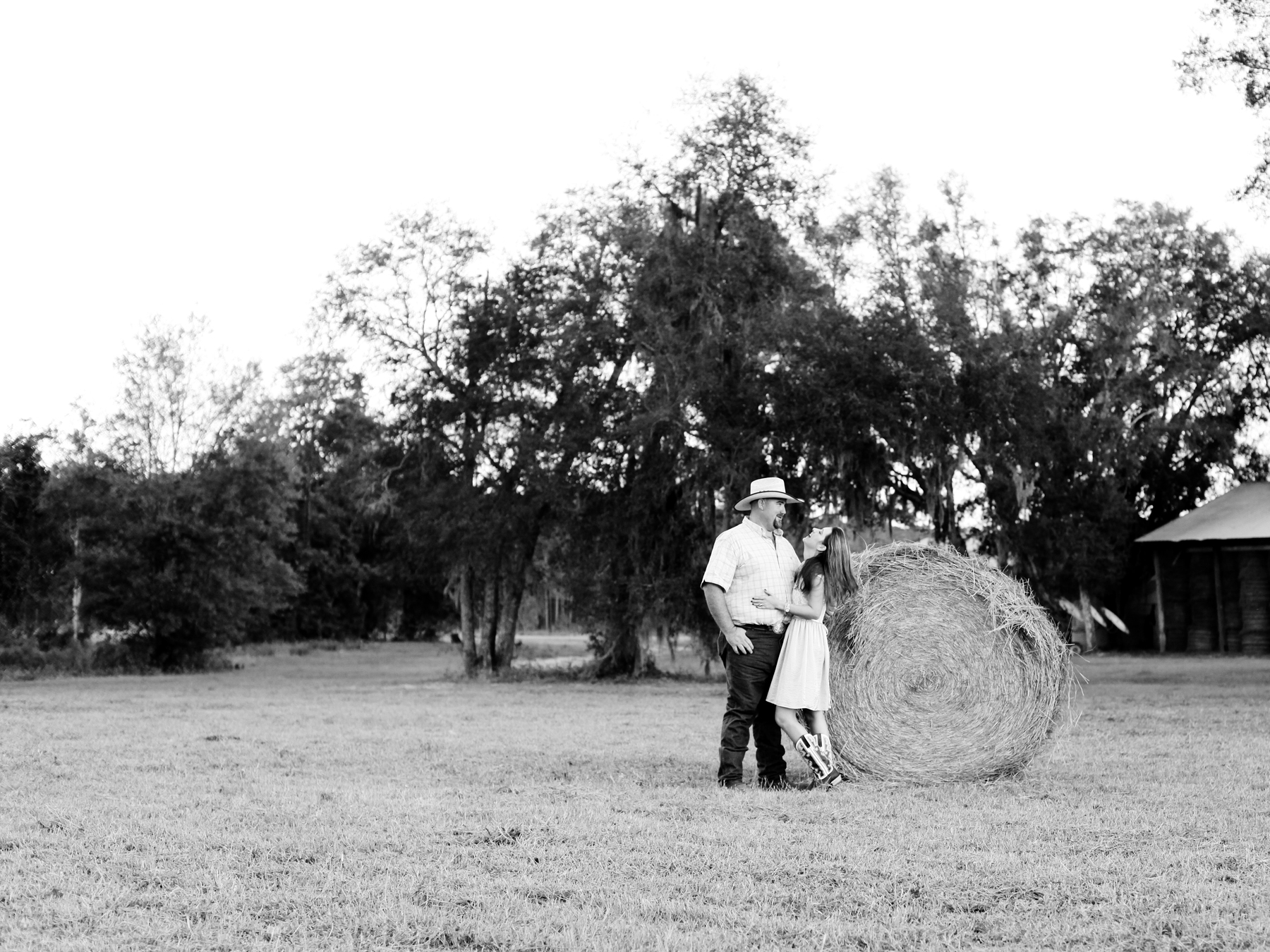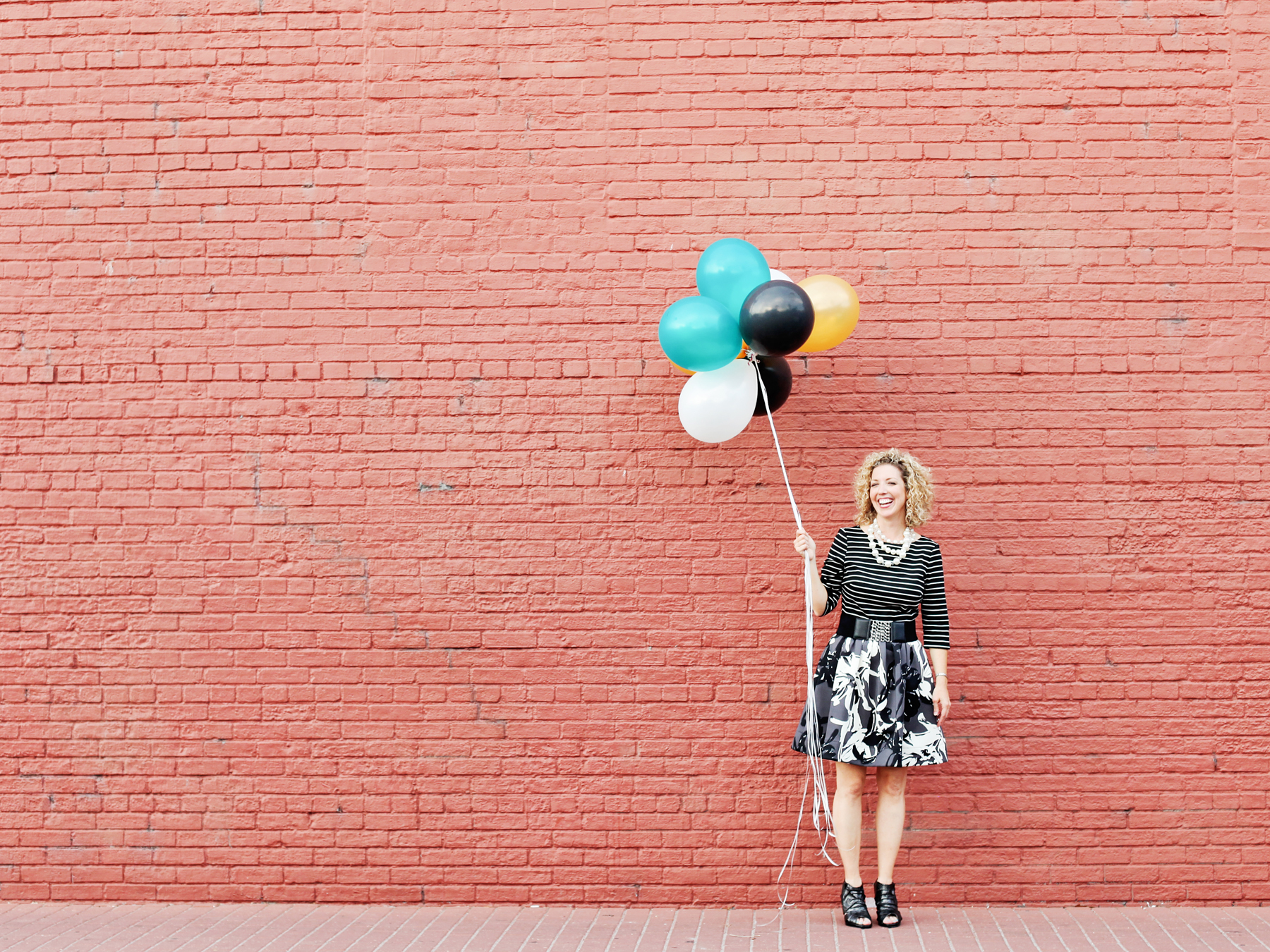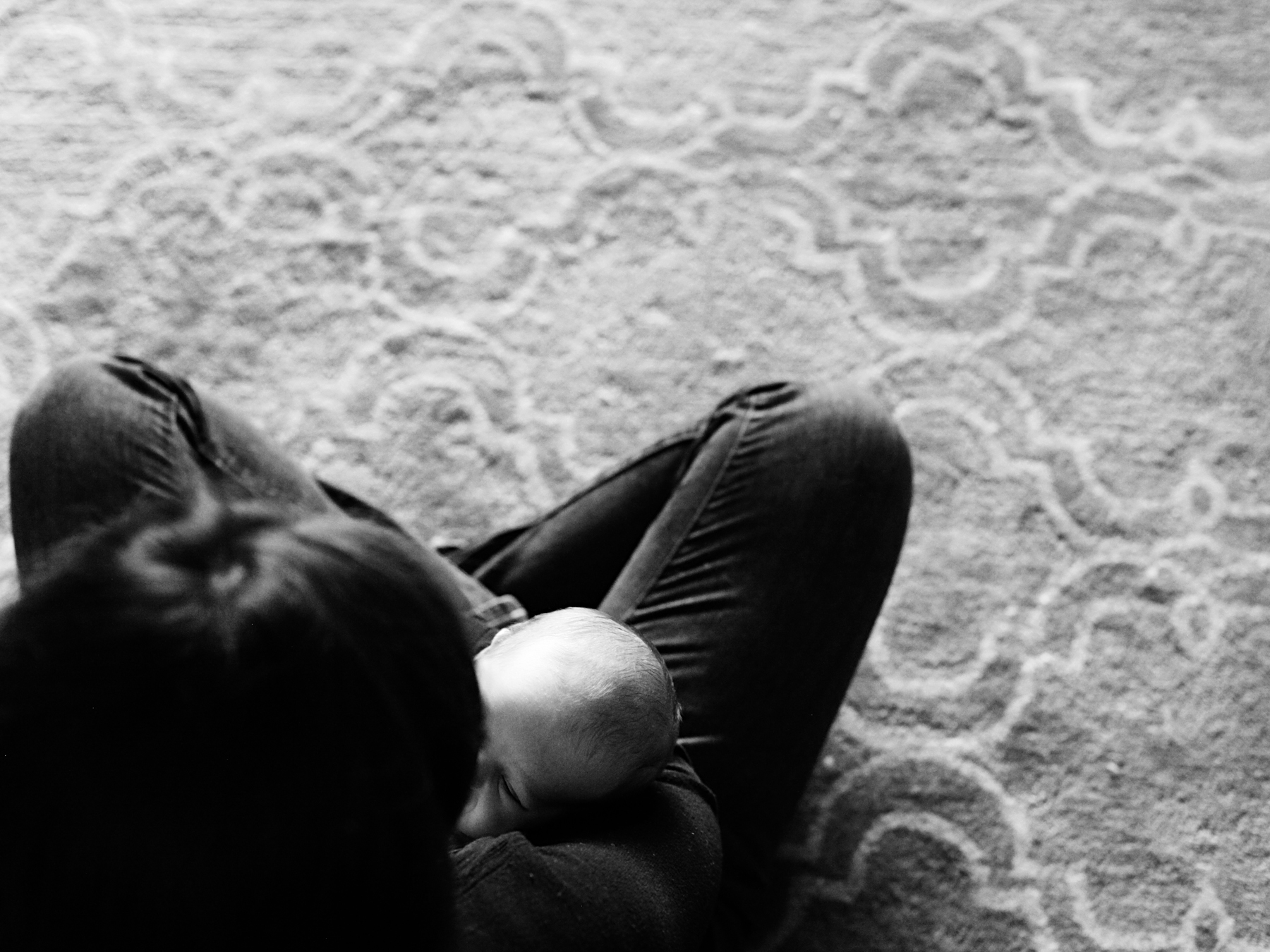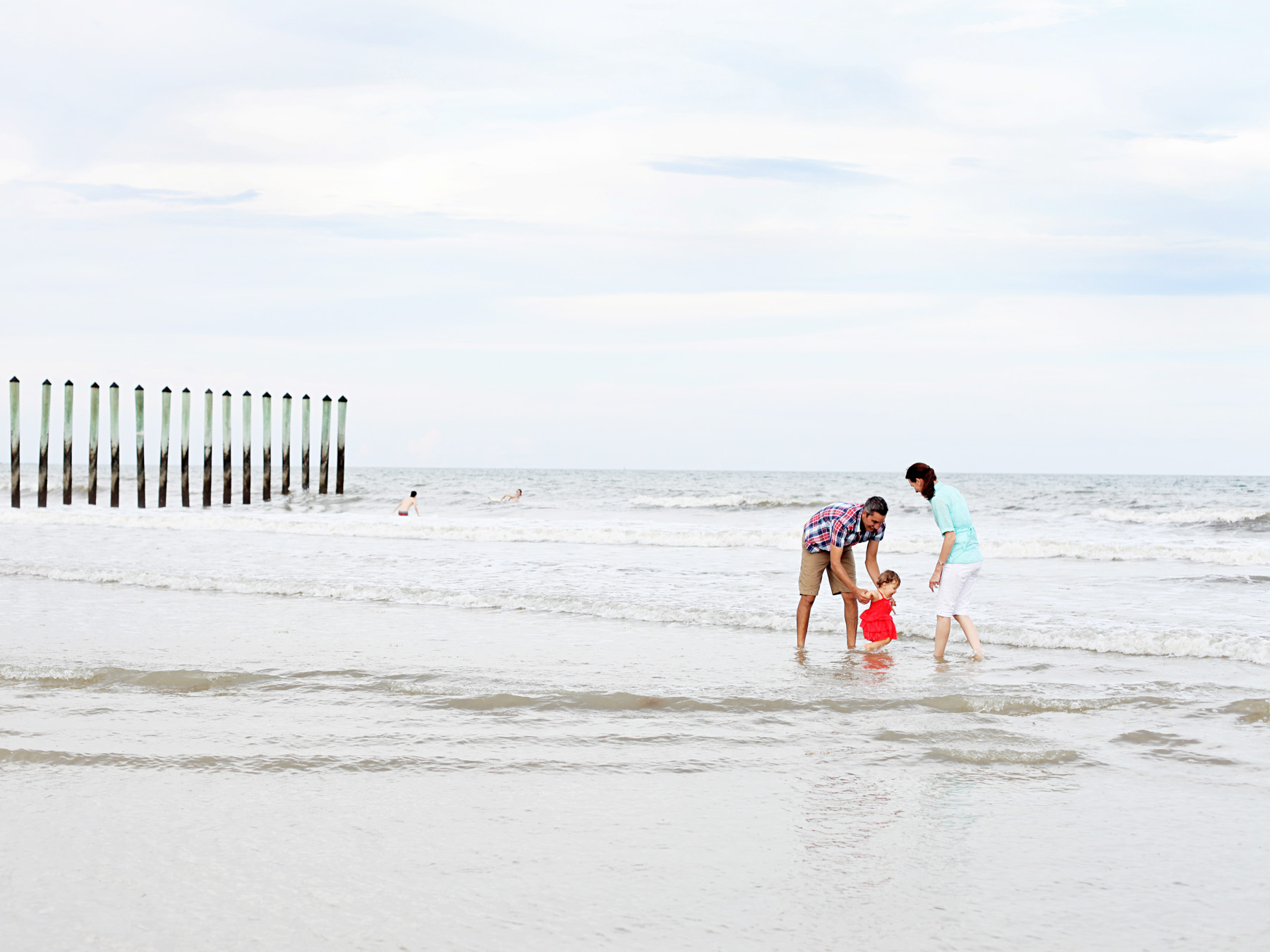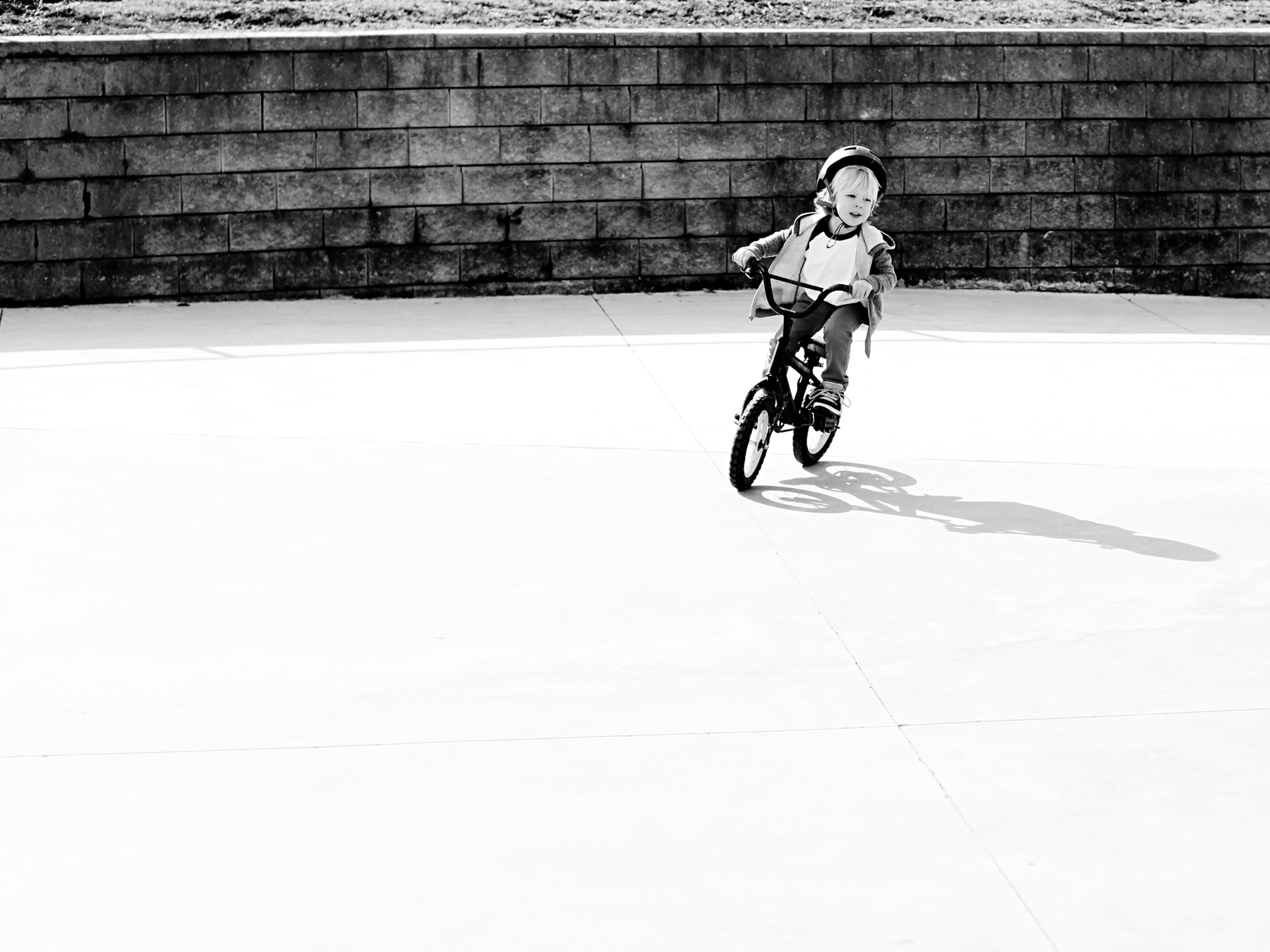Hey y’all! Happy New Year and all that. 🙂
I have some new goals for this space in 2017, and one of them is focusing more on sharing photo tips to help you take better pictures. So I’m starting a new series called “How to Take Better Pictures.” Pretty straight forward, right?! I’ll be sharing tips and tricks that will get you thinking like a photographer.
This first lesson is one of my favorites, because it’s a simple way to take your photos to the next level. If you’re struggling with making your pictures interesting and compelling, it’s time to try the Rule of Thirds. It’s a simple composition “rule” that will make a huge difference in the types of pictures you take.
To implement the Rule of Thirds, you simply need to imagine a grid when you’re looking through your camera lens. The iPhone actually makes this super easy by including a grid on the screen when you’re taking a picture. Some camera have this ability too, but mine doesn’t. But when you’re using your camera you have to imagine it’s there! Then all you have to do is place your subject in one of the intersecting points of your grid.
Okay, I’m a visual learner, so let’s look at some images and talk through this!
Here’s the grid we’re going to imagine when we look through the camera lens:
I took these next two pictures at the beach recently, and they show the difference between placing your subject in the center of a photo and placing it outside the center. Most people just naturally frame their subject right in the middle of the viewfinder, and sometimes that’s okay. But look at the difference when I moved the lifeguard chair to the right of center, where two of our grid lines intersect. It completely changes the images and makes it more interesting to look at!
Here’s why the Rule of Thirds matters – when your place your subject in the middle of your photo, there’s no movement. Your eye goes to the subject and just sort of stops. But when you move your subject out of center, your eye has to find it. It draws you in to the image, and this allows you to linger over the photo more. The photo becomes more interactive. And in my own compelling, articulate language, “It just looks better!”
So when can you break this rule? Whenever the heck you want! Y’all know me and rules. I generally see them more as suggestions. But I’ll say this, when people compliment me on my work, this is the kind of thing they’re impressed with. They just don’t realize it. 🙂
Here are a few more examples where I’ve used the Rule of Thirds:
Easy concept, right? Practice changing up your composition and challenge yourself to think “off-center” as you take pictures this weekend. Before you know it, you will naturally frame your photos this way without even having to think about it!
Do you have any questions? Feel free to leave them below, and I’ll do my best to answer!
Service Unavailable
The server is temporarily unable to service your request due to maintenance downtime or capacity problems. Please try again later.
Additionally, a 503 Service Unavailable error was encountered while trying to use an ErrorDocument to handle the request.

